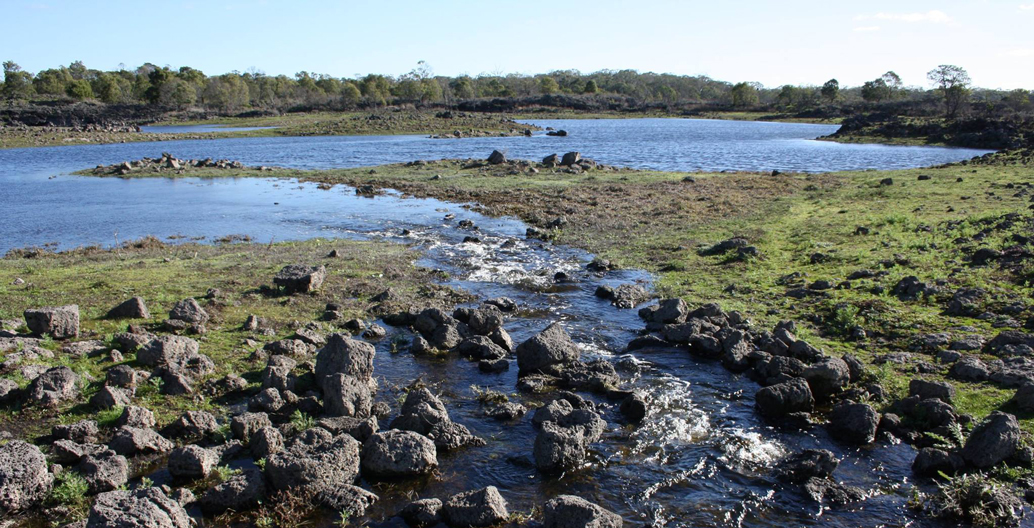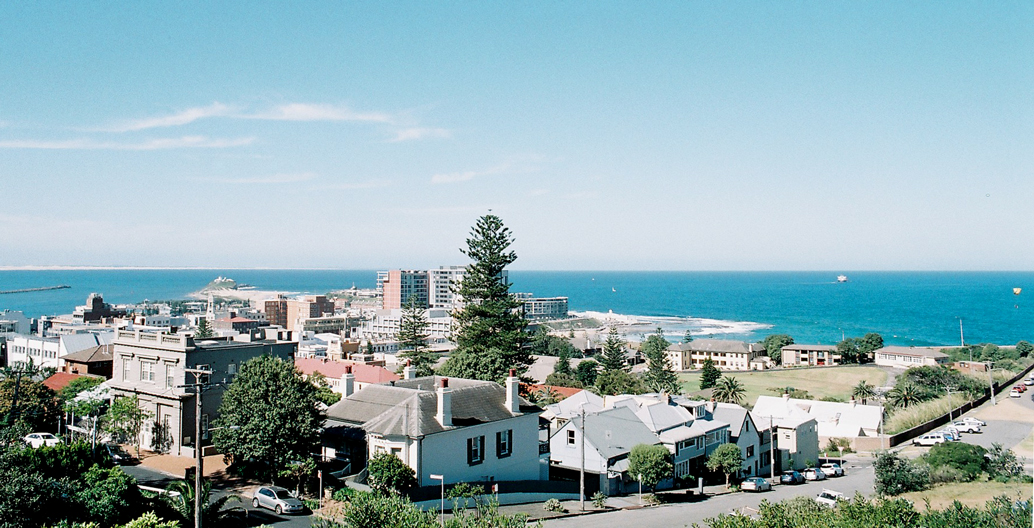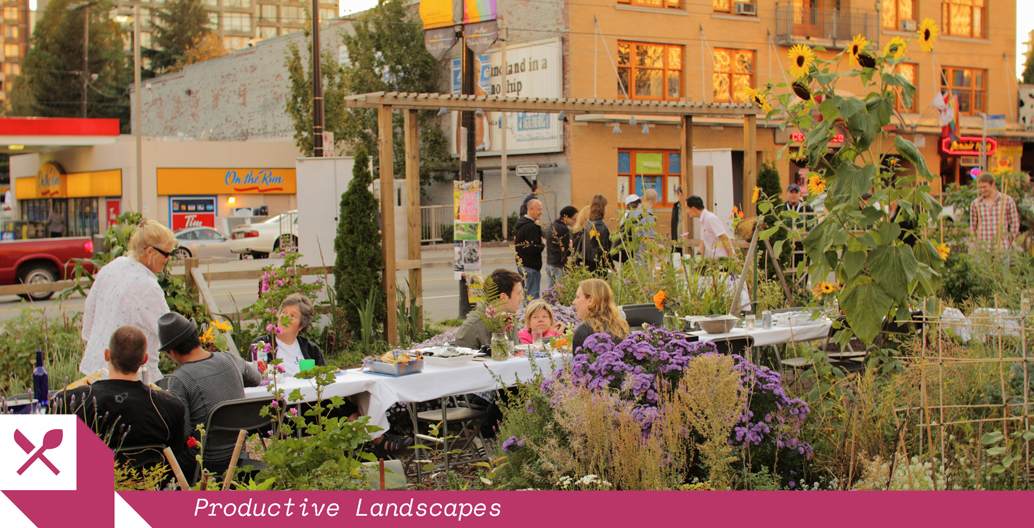
The Foreground Five: November’s most-read stories
From ancient Australian Indigenous agricultural approaches to the finest contemporary Australian landscape architecture represented on screen, we revisit your most-read stories this November.
1. Decolonising agriculture: Bruce Pascoe’s ‘Dark Emu’

“Could it be that the accepted view of Indigenous Australians simply wandering from plant to plant, kangaroo to kangaroo in hapless opportunism was incorrect?”
Australia’s colonial history has characterised Indigenous people almost exclusively as nomadic hunters. This exclusive extract from Bruce Pascoe’s Dark Emu, reveals a long history of Indigenous agriculture, a history that predates the pyramids, but which was omitted from the history books.
2. The parsley, the pig and the farm
“…it appears that dumb houses with dumb streets and landscapes predominate, despite our changing policies for green or smart streets.”
Food can be grown in cities and suburbs, as well as in the country. It requires a change, not only in planning policy, but also in how designers and citizens reclaim the commons, writes landscape architect John Mongard.
3. After metrics: new narratives to revive the regions

“Then came Trump. The educated urban elite, gathered in its city enclaves, found a unified opposition in those who never saw the benefits of globalisation. Since the election, the disparity between America’s globally-connected centres and its regions and rustbelts has been made even more stark. And does Australia think it’s any different?”
After decades of urban metrics flung at a revolving door of decision-makers, George Megalogenis argues it’s time to bring a more human-centred narrative into city and regional planning for his 2017 Griffin Lecture, writes architect and Registrar of the NSW Architects Registration Board, Tim Horton.
4. Network Ten to survey Australian landscapes

“In a relatively short period of time, the role of landscape architects and the value of design has become better understood.”
Australia by Design Landscape Architecture is the third in a trilogy that follows Australia by Design Architecture and Australia by Design Innovation (currently airing on Network Ten). Slated for broadcast in early 2018, Foreground talks to the new series host Sharon Mackay.
5. Beyond the ornamental: agriculture and the city

“Only the most outrageously high-value crops, such as Cannabis, are viable. Thus we tend to see many urban foodscapes that are tokenistic simply because they aren’t large enough to produce a meaningful amount or high enough value of food.”
Why do those responsible for our urban landscapes resist the use of productive fruit trees, in place of their ornamental counterparts? Writer and landscape architecture scholar Tim Waterman issues a call-to-arms for all planners and landscape architects to be “more aggressive” when fostering sustainable urban agriculture.



